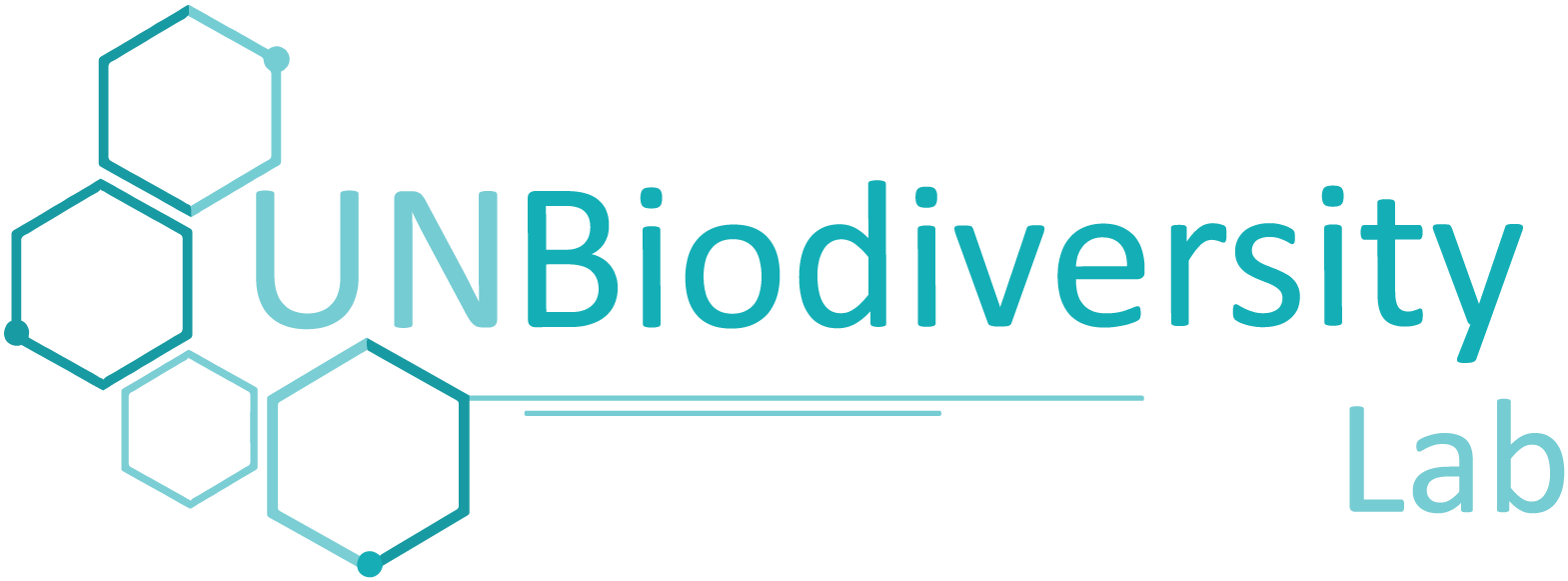Поддержка
Часто задаваемые вопросы
Часто задаваемые вопросы
Не можете найти ответ на свой вопрос в нашей рубрике FAQ? Не стесняйтесь обращаться в нашу службу поддержки support@unbiodiversitylab.orgВы также можете получить доступ к анимированному руководству пользователя, нажав на вкладку "Руководство пользователя" выше. Чтобы скачать руководство, нажмите здесь. Английский | Французский | Испанский | португальский | Русский
Руководство пользователя
Рабочие пространства UNBL
Личные рабочие пространства
Вы работаете над сохранением природы и содействием устойчивому развитию? У вас есть национальные данные, которые вы хотели бы визуализировать и проанализировать в сочетании с нашими глобальными слоями данных? Мы предлагаем бесплатные рабочие пространства для различных заинтересованных сторон, чтобы использовать инструменты UNBL в безопасной среде.
Внести вклад
Внести вклад

Есть ли у вас данные, которые могли бы обогатить общественную платформу UNBL? Готовы ли вы стать частью научного сообщества, стремящегося к открытому обмену пространственными данными? Если у вас есть глобальные данные, касающиеся биоразнообразия, изменения климата или устойчивого развития, свяжитесь с нами!
Пожалуйста, ознакомьтесь с критериями отбора данных UNBL здесь.

Как вы используете пространственные данные для получения ценной информации и принятия мер в своей работе? UNBL работает над тем, чтобы привлечь внимание к различным способам применения данных во всем мире. Наша команда вместе с вами подготовит фоторепортаж или историю на google earth, чтобы рассказать о ваших достижениях. Истории успеха будут опубликованы в нашем разделе "Истории успеха".
Связаться с нами
Связаться с нами
Пожалуйста, оставьте ваше сообщение и контактную информацию ниже, и мы ответим вам как можно скорее. Кроме того, вы можете написать нам по адресу support@unbiodiversitylab.org.
Программа развития Организации Объединенных Наций
304 East 45th Street
New York, NY 10017
